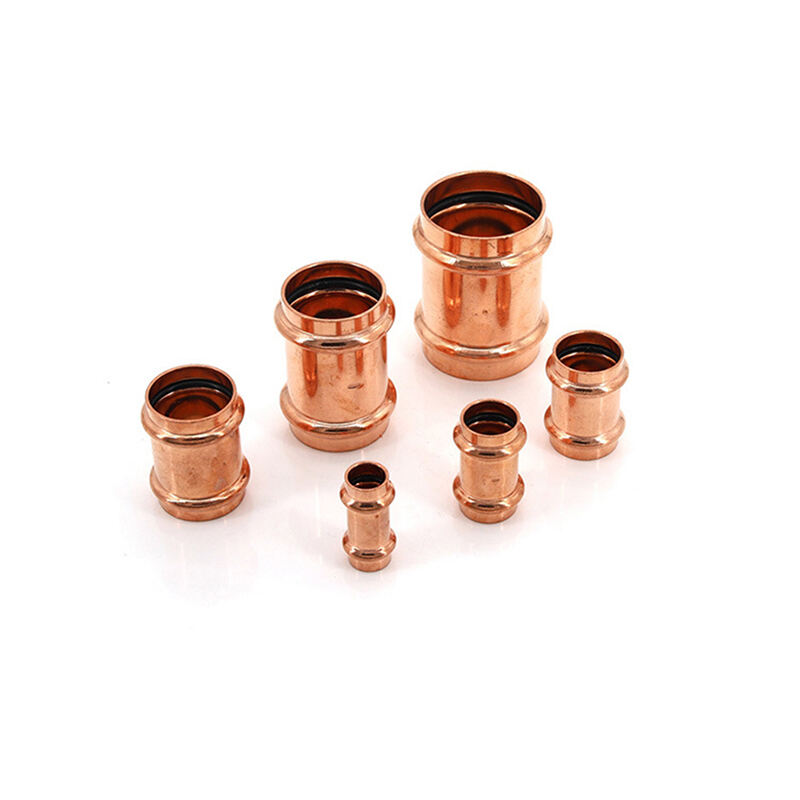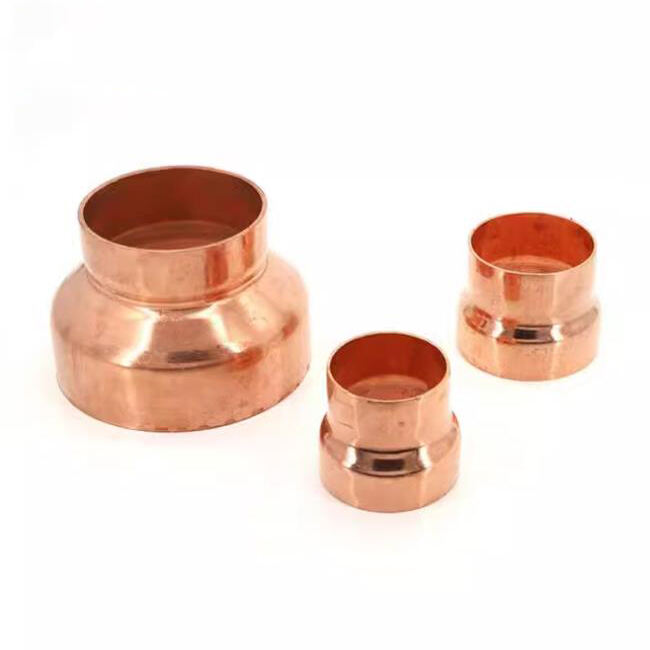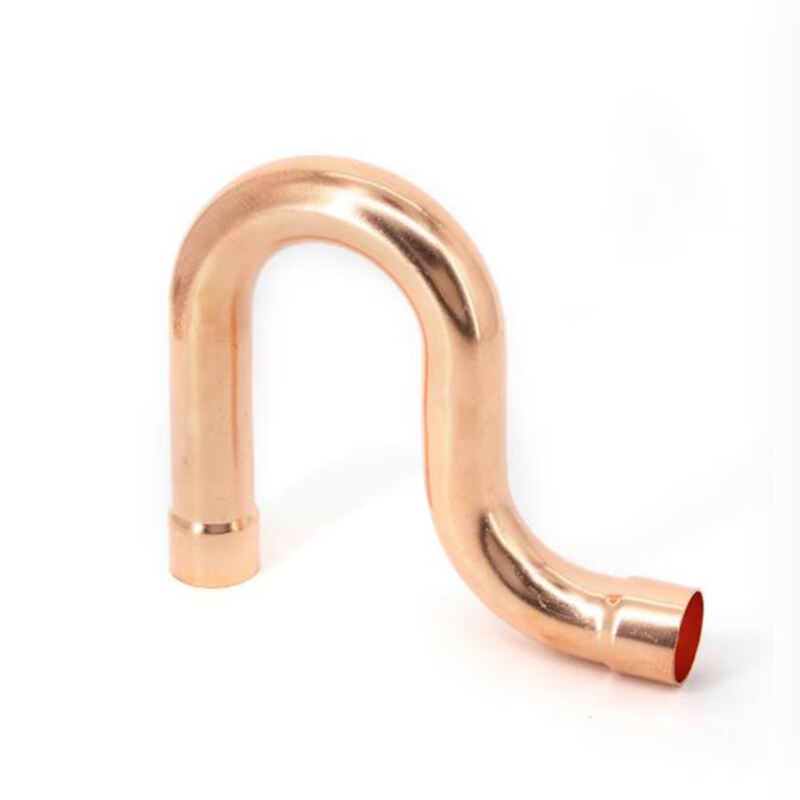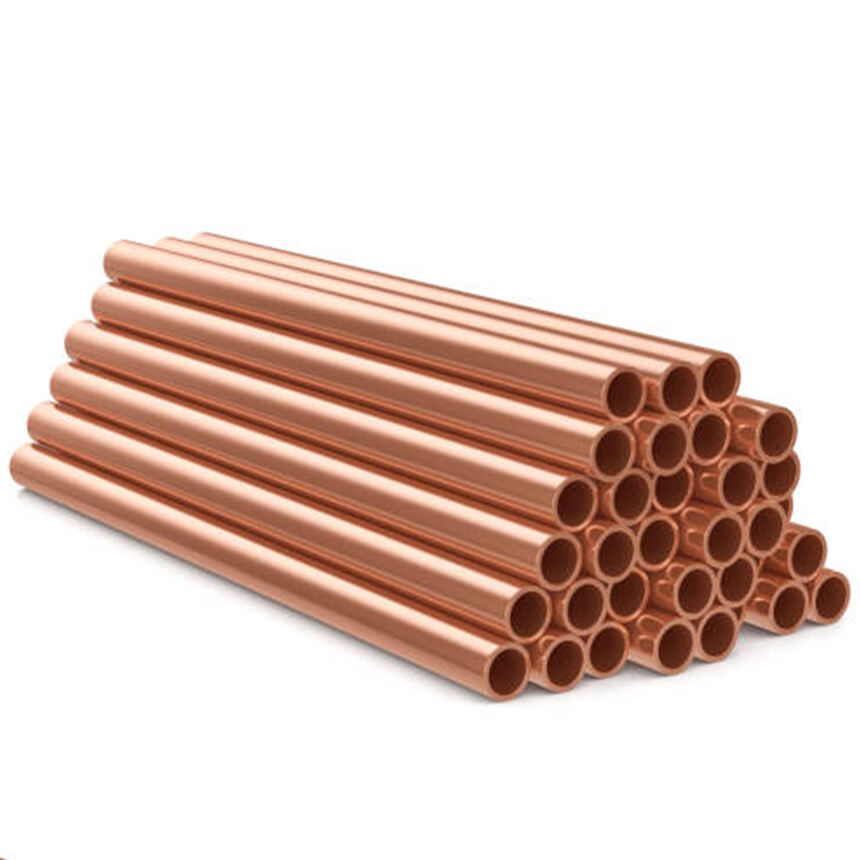Basics of Compressed Air Piping Systems
How Compressed Air Networks Function
Compressed air networks basically move air from compressors to wherever it's needed throughout a facility. Getting a handle on things like pressure levels, how fast the air flows, and what kind of quality the air has makes all the difference when these systems perform well. The whole process starts with the compressor creating pressurized air, then sending it through piping to different tools and equipment. When this happens, the pneumatic energy gets turned into actual mechanical movement that powers machinery. Factories rely heavily on this setup because many industrial tools just won't work without proper compressed air supply, which directly affects how productive operations can be. Most modern setups also include various sensors along the way to keep an eye on factors like airflow, pressure changes, and temperature fluctuations. These monitoring devices help maintain system efficiency while giving early warnings about potential problems before they become major issues, similar to having built-in health checks for the entire network.
Core Components: From Compressor to Distribution
The reliability of any compressed air system really depends on four main parts: the compressor itself, the storage tank, the piping network, and whatever equipment is actually using the air at the end. All these pieces need to work together properly for everything to run smoothly. Compressors come in different flavors too - there's reciprocating models, rotary screws, and centrifugal ones. Most businesses pick based on what their particular setup needs and how efficient they want things to be. When it comes to the pipes that carry the air around, getting the sizing right matters a lot. People usually calculate exactly how much air will be needed at each point so pressure doesn't drop off along the way. Many installers still prefer brass fittings and copper tubing because they handle the airflow better without creating too much resistance. Taking this careful approach makes sure that clean, pressurized air reaches every corner of the workshop or factory where it's needed most.
Material Selection for Air Piping Infrastructure
Copper vs. Steel: Corrosion Resistance & Durability
When deciding between copper and steel pipes, corrosion resistance and how long they last should definitely be on the radar. Copper pipes stand out because they resist corrosion so well, which means they tend to last much longer than steel options. They work great in all sorts of places, even where there's a lot of moisture around, and keep performing reliably year after year. Steel pipes have their strengths too, obviously being pretty tough stuff, but they usually need extra protection against rust and wear, especially if installed somewhere damp. All this coating and treatment adds to the ongoing maintenance hassle for steel systems. Research shows that copper installations actually cut down on overall costs since they don't need as much fixing up or replacing later on. So for anyone looking at both durability and resistance to rotting away, copper pipes might just make sense from both a practical standpoint and wallet point of view in the long haul.
Why Brass Fittings Improve Flow Efficiency
Brass fittings really make a difference when it comes to getting better flow through piping systems. Their smooth inner surfaces create much less drag on moving air, so the air moves through the system more evenly without bunching up in certain spots. When plumbers install brass compression fittings, they get a tight seal that stops those annoying air leaks which waste energy and mess with pressure readings. Quality brass fittings cut down on energy costs because there's simply less pressure loss than what happens with cheaper alternatives. Research shows time and again that swapping out standard components for brass ones saves money on energy bills while keeping pressure stable throughout the entire system. For anyone running an industrial facility or commercial building, investing in good brass fittings pays off in both reduced maintenance headaches and long term operational savings.
Plastic Piping: Applications and Limitations
PVC and CPVC plastic pipes offer certain benefits but also come with notable drawbacks. For starters, they're light on weight and won't corrode like metal alternatives, making installation generally simpler and faster. These pipes work well in many residential settings where pressure isn't too intense and temperatures stay moderate. On the flip side though, plastic has definite limits when it comes to handling pressure and heat. Most standard plastic piping can't take what industrial systems require, so it tends to break down under stress. We've seen plenty of cases where plastic pipes cracked or warped after being exposed to hot water or steam over time. When picking out piping materials, engineers need to really think about what the system will face day to day. A simple rule of thumb: if there's going to be high pressure or extreme temps involved, plastic probably isn't the way to go. Safety and long term performance should always come first in these decisions.
Key Copper Fittings for Optimal Airflow Control
Copper V-Press Tee Connector: Seamless Branching Solutions
Copper V-Press Tee connectors make it possible to create branch lines in compressed air systems without major headaches. What makes them stand out is how they allow branching connections while keeping airflow stable through the system something really important when trying to maintain proper pressure levels. These tees cut down on extra fittings needed at connection points, which means fewer places where leaks might occur during installation. Installers appreciate this because it streamlines the whole setup process significantly, making sure everything works efficiently once the system goes live.
Full Crossover Welding Fittings: System Flexibility
Full crossover welding fittings enhance the flexibility of air piping systems by allowing modifications without extensive refurbishing. These fittings provide robust connections essential for high-pressure setups, significantly contributing to overall system strength. Their adaptability makes them highly valuable in dynamic environments, where system demands often change.
Return Bend Fittings: Efficient Direction Management
Return bend fittings have been crafted specifically to handle changes in airflow direction while keeping losses to a minimum, which really boosts how well the whole system works. When dealing with complex pipe layouts, these bends become absolutely necessary, particularly in big industrial setups where proper airflow control matters most. What makes these components so valuable is their capacity to steer air without creating unnecessary resistance, something that plant engineers know all too well when trying to get maximum output from their ventilation systems.
P-Trap Copper Welding Fittings: Moisture Containment
P trap copper fittings are really important for keeping moisture under control in air piping systems. They stop water from collecting inside the pipes, which helps avoid corrosion problems and keeps the whole system running smoothly over time. When moisture stays contained, it means the equipment further down the line lasts longer because the air stays clean. Clean air matters a lot since dirty compressed air can mess up production processes and waste energy. Most maintenance teams know this already, but proper installation of P traps makes all the difference in day to day operations.
Design & Maintenance Best Practices
Minimizing Pressure Drop Through Proper Sizing
Proper pipe sizing is essential to minimize pressure drops in any system. When the pipe diameter is too small, it can lead to significant pressure drops, resulting in energy wastage and reduced system efficiency. Calculating the appropriate pipe diameter ensures a smooth flow without excessive pressure loss.
- Balance in Design: Maintaining an equilibrium in system design prevents bottlenecks, ensuring a continuous air supply to all outlets.
- Continuous Airflow: By eliminating bottlenecks, systems can operate more efficiently, reducing operational stress and energy consumption.
- Efficiency in Operations: Appropriately sized pipes contribute to the overall efficiency of the system, maximizing output from the compressed air network.
Leak Prevention in Brass and Copper Connections
It's essential to prevent leaks in brass and copper connections to conserve resources and maintain system efficiency. Implementing quality installation techniques alongside regular inspections can effectively identify and rectify leaks.
- Quality Installation: Ensuring connections are properly installed helps mitigate potential leaks.
- Regular Inspections: Regular checks can identify weak points where leaks may occur, allowing for timely intervention.
- Monitoring Techniques: Proactive monitoring, including ultrasonic leak detection, is crucial for maintaining integrity and avoiding losses.
Brass connections and copper fitting joints require special attention due to their susceptibility to minute leaks that can escalate over time, impacting operational efficiency.
Rust Mitigation in Metal Pipe Networks
Rust is a common issue in metal pipe networks that can compromise system reliability and increase maintenance costs. Preventative maintenance strategies, such as regular inspection and application of anti-corrosive coatings, are vital in mitigating rust.
- Inspection and Coating: Regularly inspecting pipes and applying anti-corrosive coatings can significantly extend their lifespan.
- Reduced Repair Costs: By managing rust proactively, repair costs can be drastically reduced, enhancing overall system functionality.
- Enhanced Reliability: A well-maintained system ensures continuous and reliable operation, minimizing downtimes related to rust-induced failures.
Effective rust mitigation not only protects the metal pipes but also ensures the long-term efficiency and profitability of the operation.









